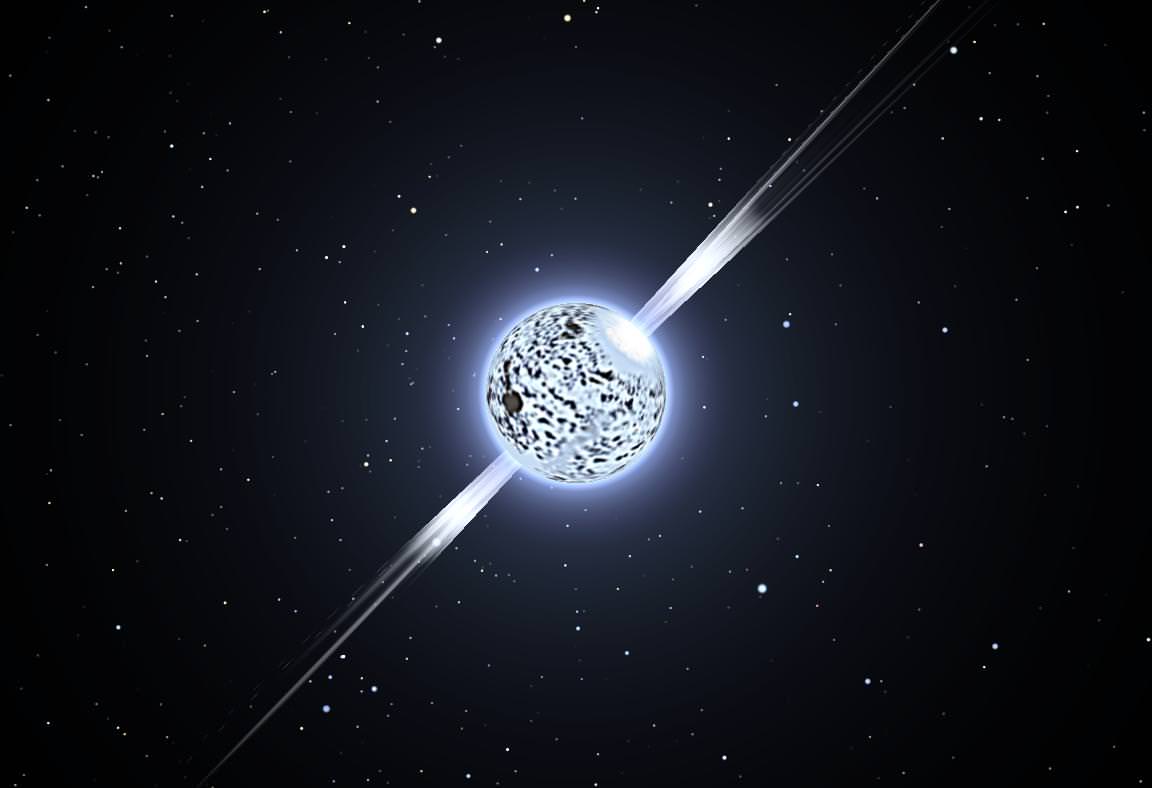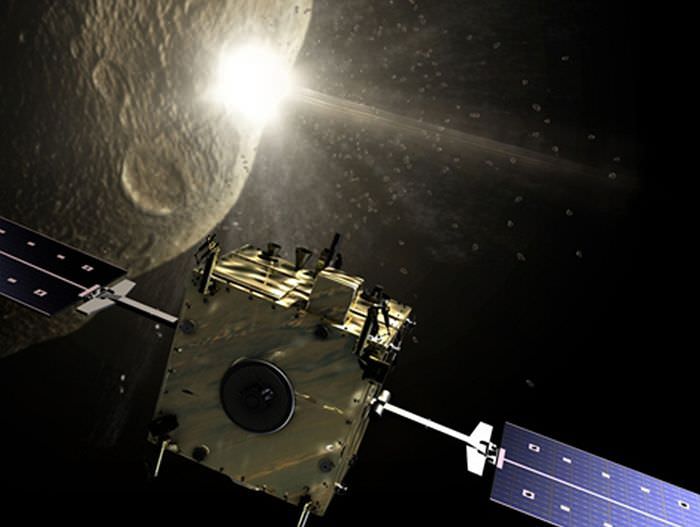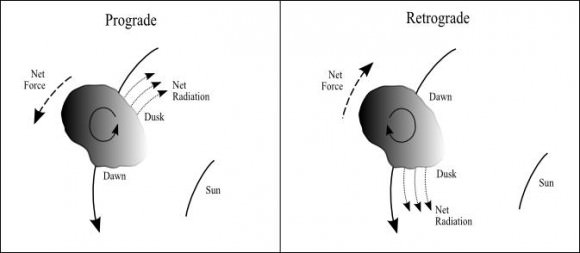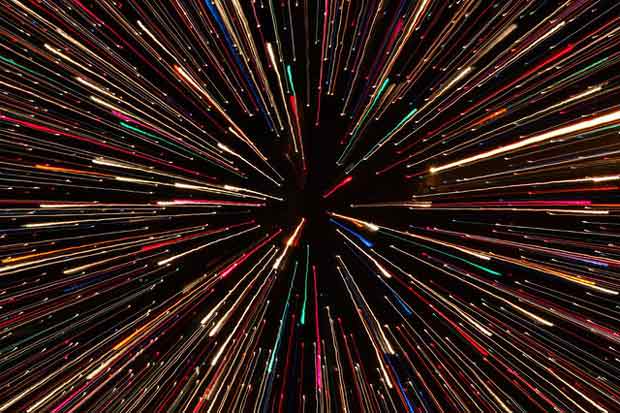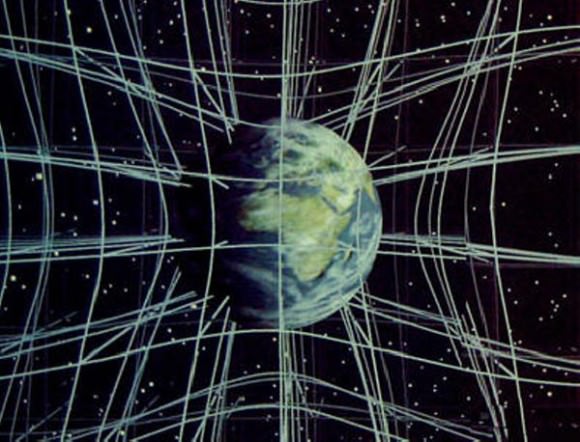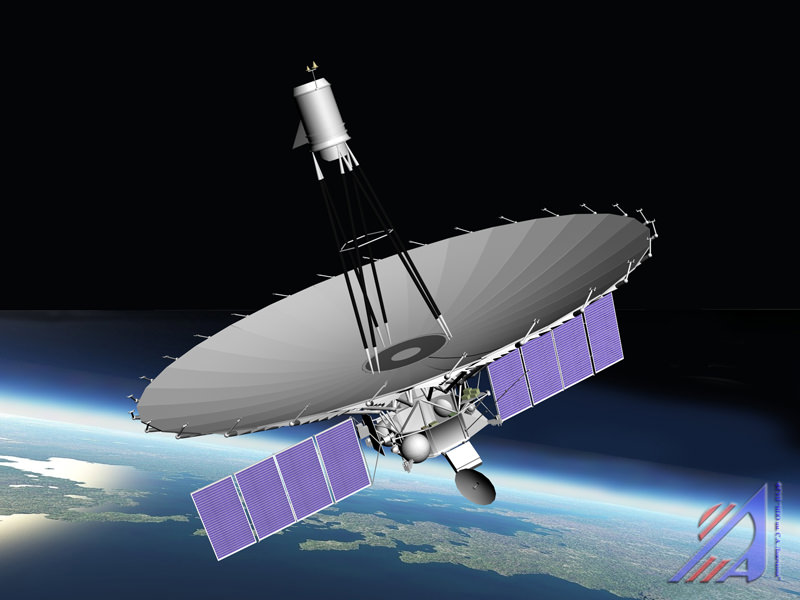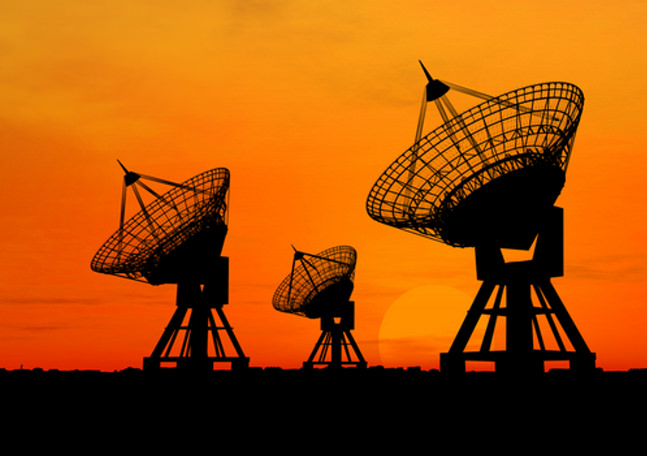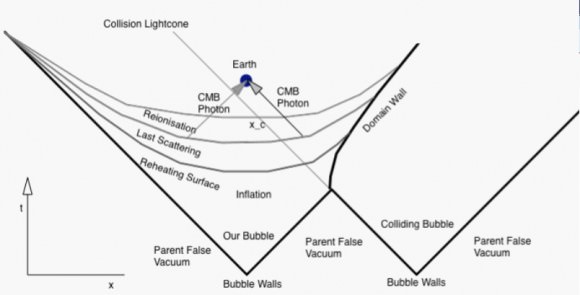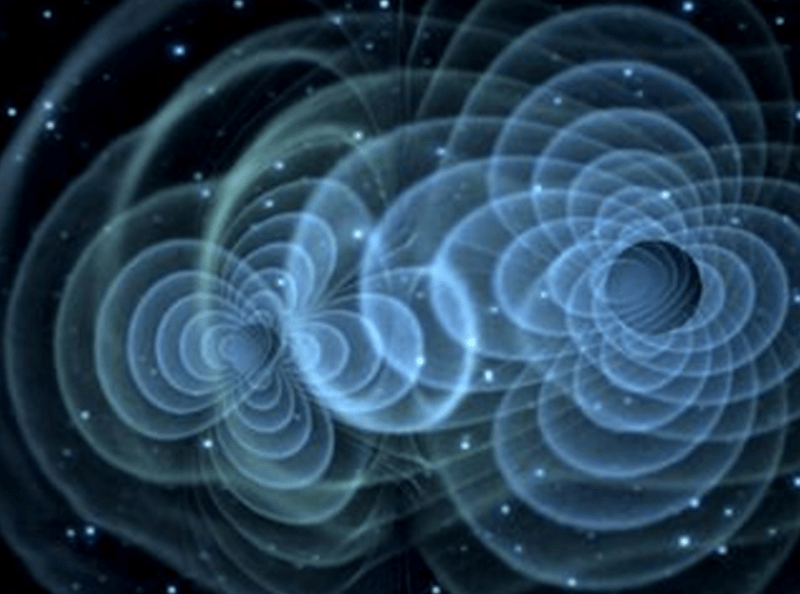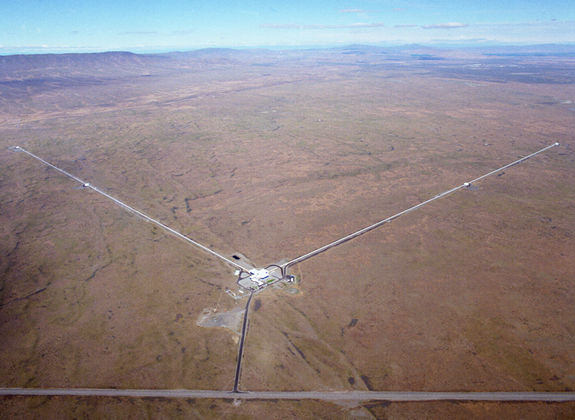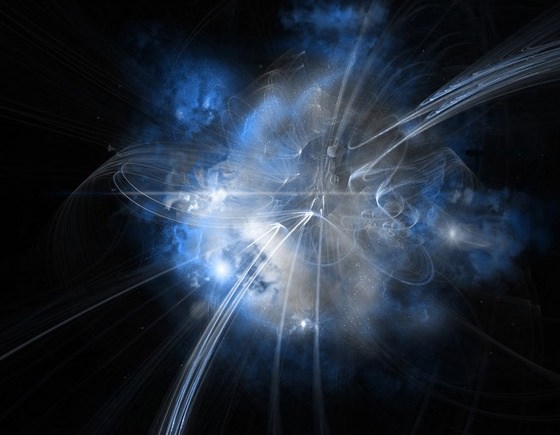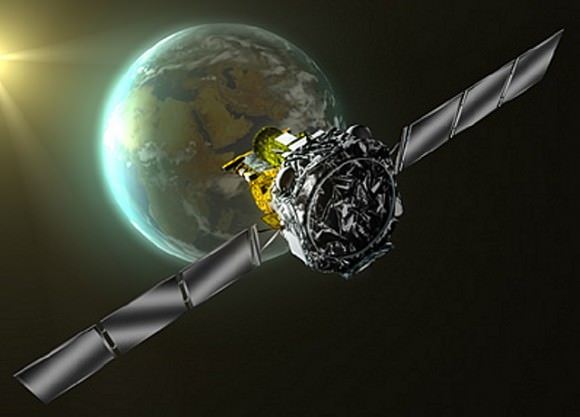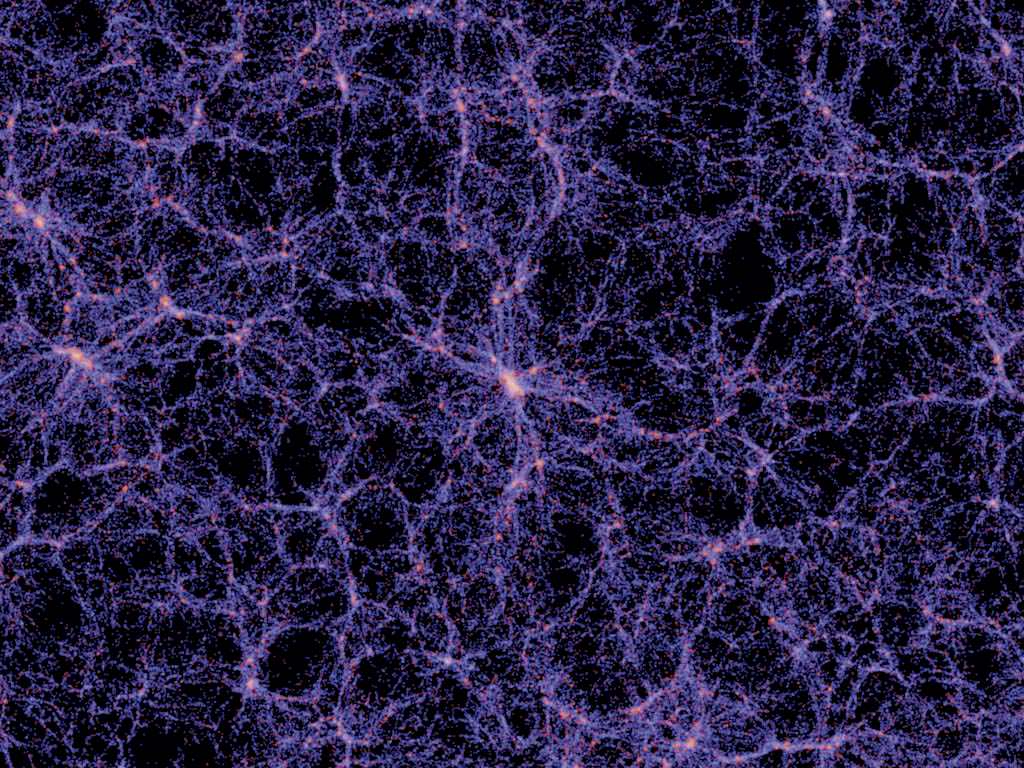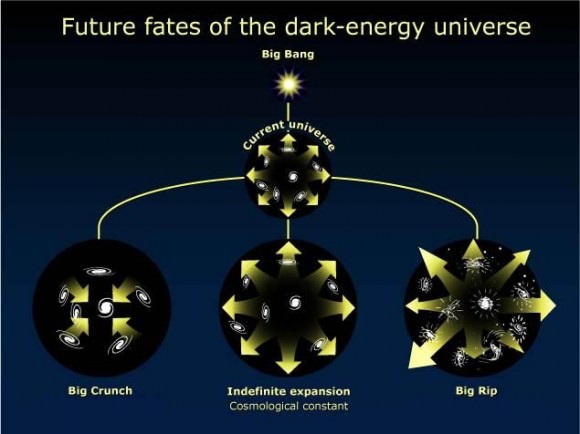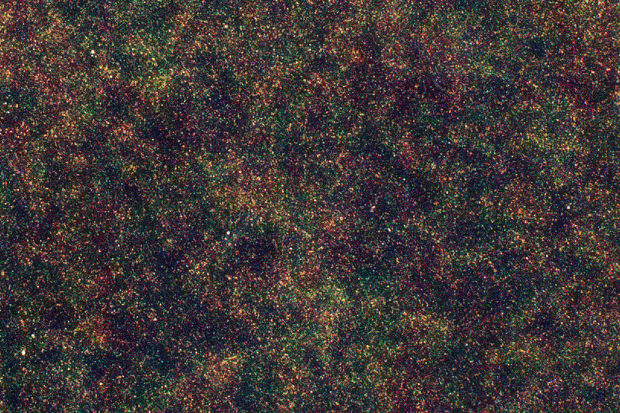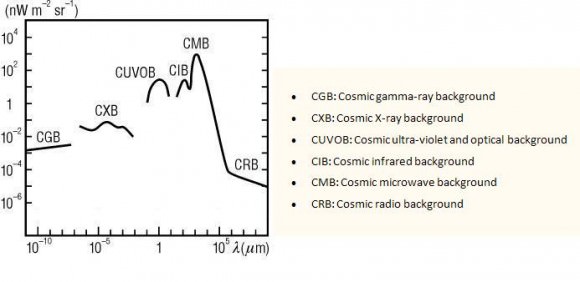[/caption]
The nature of the highly compressed matter that makes up neutron stars has been the subject of much speculation. For example, it’s been suggested that under extreme gravitational compression the neutrons may collapse into quark matter composed of just strange quarks – which suggests that you should start calling a particularly massive neutron star, a strange star.
However, an alternate model suggests that within massive neutron stars – rather than the neutrons collapsing into more fundamental particles, they might just be packed more tightly together by adopting a cubic shape. This might allow such cubic neutrons to be packed into about 75% of the volume that spherical neutrons would normally occupy.
Some rethinking about the internal structure of neutron stars has been driven by the 2010 discovery that the neutron star PSR J1614–2230, has a mass of nearly two solar masses – which is a lot for a neutron star that probably has a diameter of less than 20 kilometres.
PSR J1614–2230, described by some as a ‘superheavy’ neutron star, might seem an ideal candidate for the formation of quark matter – or some other exotic transformation – resulting from the extreme compression of neutron star material. However, calculations suggest that such a significant rearrangement of matter would shrink the star’s volume down to less than the Schwarzschild radius for two solar masses – meaning that PSR J1614–2230 should immediately form a black hole.
But nope, PSR J1614–2230 is there for all to observe, a superheavy neutron star, which is hence almost certainly composed of nothing more exotic that neutrons throughout, as well as a surface layer of more conventional atomic matter.
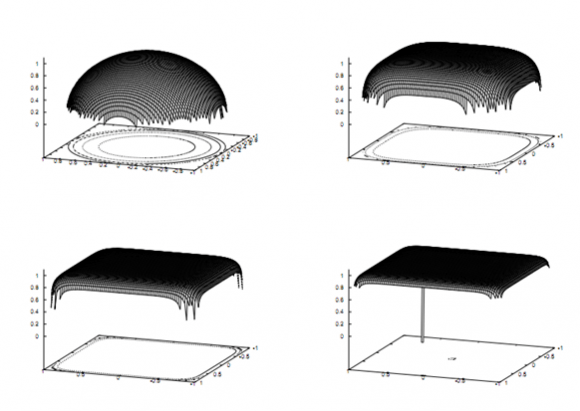
Nonetheless, stellar-sized black holes can and do form from neutron stars. For example, if a neutron star in a binary system continues drawing mass of its companion star it will eventually reach the Tolman–Oppenheimer–Volkoff limit. This is the ultimate mass limit for neutron stars – similar in concept to the Chandrasekhar limit for white dwarf stars. Once a white dwarf reaches the Chandrasekhar limit of 1.4 solar masses it detonates as a Type 1a supernova. Once, a neutron star reaches the Tolman–Oppenheimer–Volkoff mass limit, it becomes a black hole.
Due to our current limited understanding of neutron star physics, no-one is quite sure what the Tolman–Oppenheimer–Volkoff mass limit is, but it is thought to lie somewhere between 1.5 – 3.0 solar masses.
So, PSR J1614–2230 seems likely to be close to this neutron star mass limit, even though it is still composed of neutrons. But there must be some method whereby a neutron star’s mass can be compressed into a smaller volume, otherwise it could never form a black hole. So, there should be some intermediary state whereby a neutron star’s neutrons become progressively compressed into a smaller volume until the Schwarzschild radius for its mass is reached.
Llanes-Estrada and Navarro propose that this problem could be solved if, under extreme gravitational pressure, the neutrons’ geometry became deformed into smaller cubic shapes to allow tighter packing, although the particles still remain as neutrons.
So if it turns out that the universe does not contain strange stars after all, having cubic neutron stars instead would still be agreeably unusual.
Further reading: Llanes-Estrada and Navarro. Cubic neutrons.

